Parallels Desktop brings Windows 10 apps to Chromebooks
The integration allows enterprise users to run full-featured Windows apps on their devices, as well as share files and documents
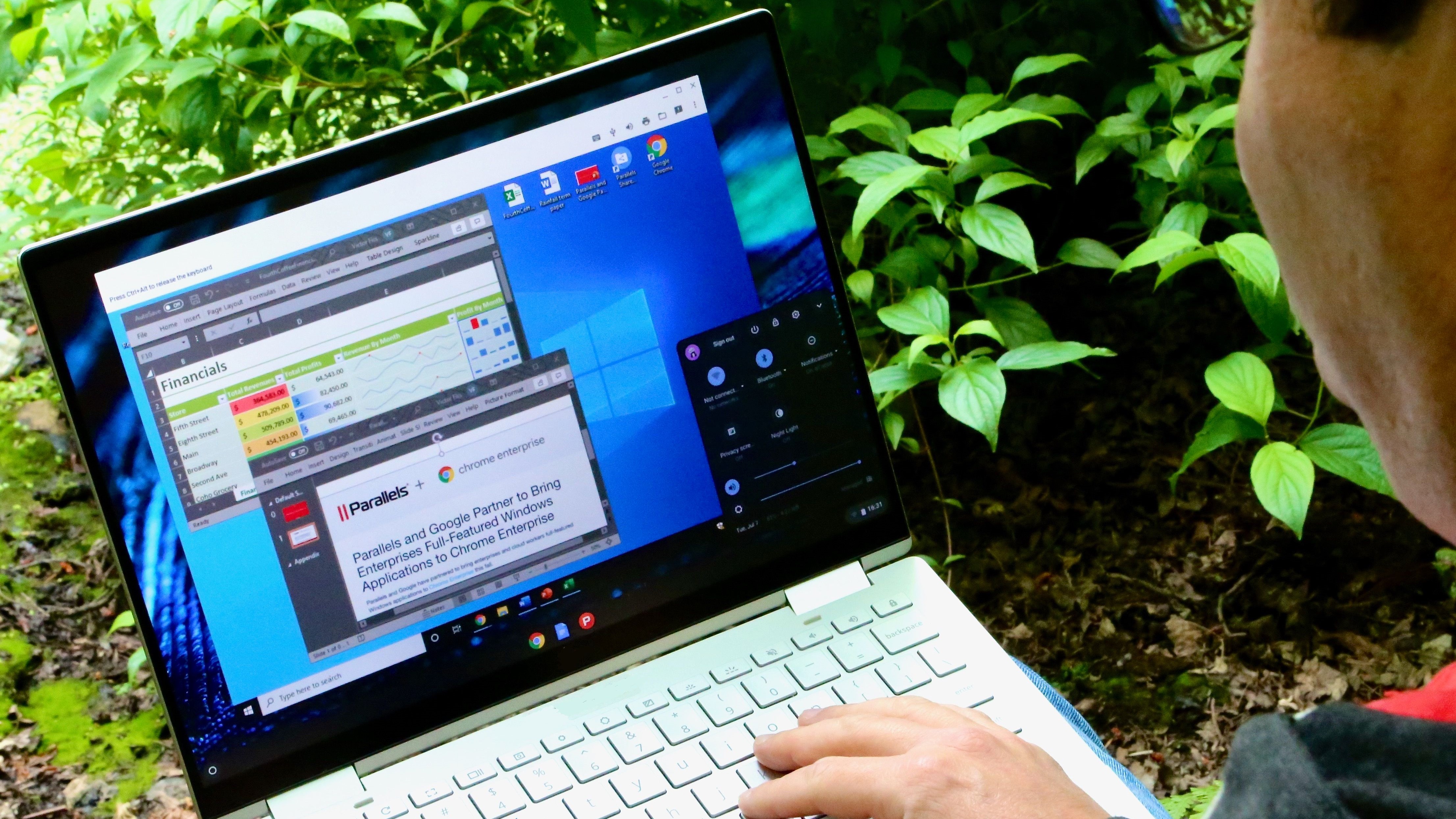

Chromebook users are being offered the capacity to run Microsoft’s flagship Windows 10 operating system on their devices using software company Parallels’ newly released platform.
Parallels Desktop for Chromebook Enterprise is the culmination of a partnership between the firm and Google, and allows users to access full-featured Windows apps, including Microsoft Office, on their Chromebooks without necessarily needing a stable internet connection.
The system is integrated with Chrome OS and the Google Admin console - and doesn’t require virtual desktop infrastructure to run or deploy, meaning IT administrators can set up parallel desktops on devices at relative ease. This builds on a recent partnership struck in June which allowed Windows applications to run natively on budget-friendly Chromebooks.
“Chrome OS is increasingly being chosen by modern enterprises, either for remote work, hybrid, or in the office,” said Google’s vice president of Chrome OS, John Solomon.
“We are thrilled to partner with Parallels to bring legacy and full-featured Windows applications support, through Parallels Desktop for Chromebook Enterprise, to help businesses easily transition to cloud-first devices and workflows.”
The platform will allow enterprise users to run multiple operating systems on their Chromebook devices simultaneously, with the company hoping it allows workers to raise their productivity.
A number of features allow cross-talk between Windows 10 and Chrome OS, for example, copy-and-pasting text and graphics between the two operating systems, or printing from Windows apps via shared Chrome OS printers. Sharing features also extend to user profiles and custom folders, with documents and data seamlessly accessible by both platforms.
Sign up today and you will receive a free copy of our Future Focus 2025 report - the leading guidance on AI, cybersecurity and other IT challenges as per 700+ senior executives
Windows 10 can also be used in full-screen mode on the Chromebook, or the operating system can be put on a separate Chrome OS virtual desktop, with users able to switch between the two with just a swipe.
RELATED RESOURCE
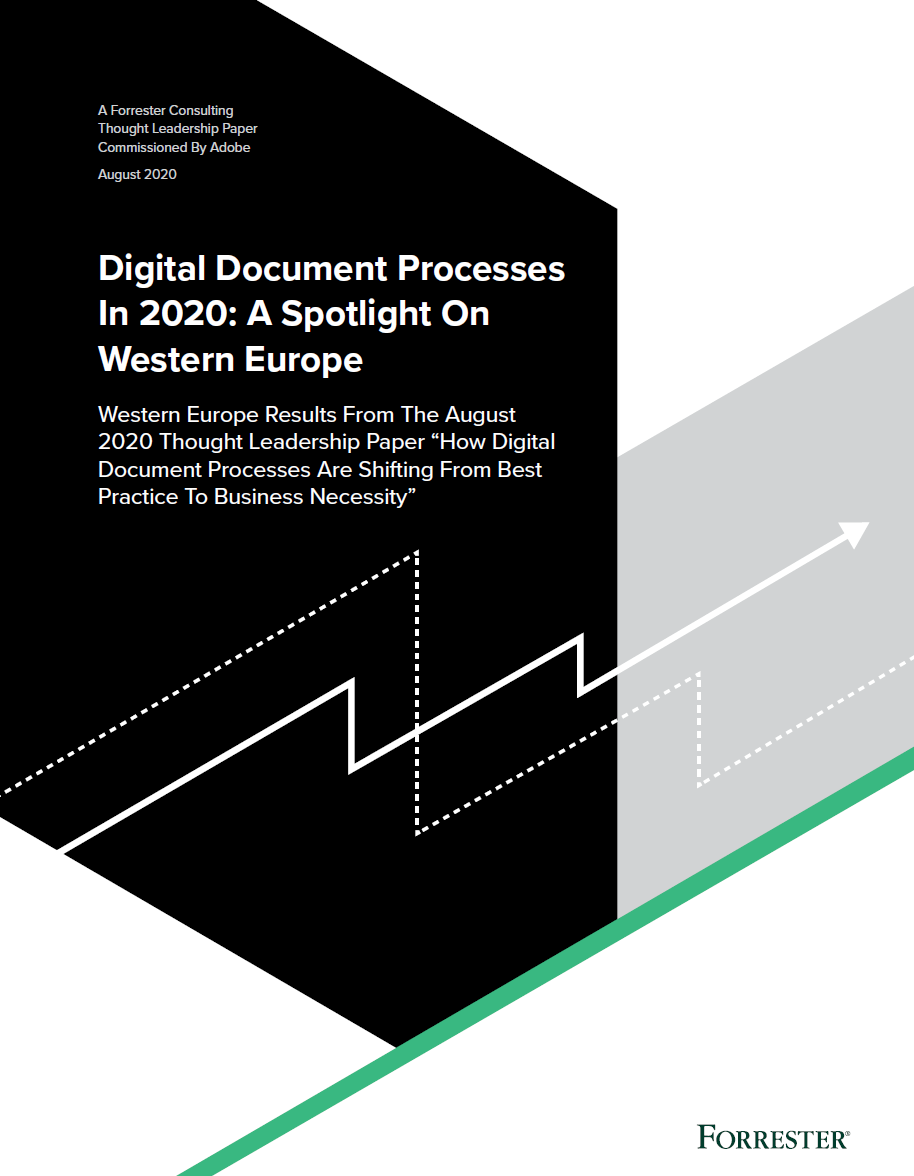
Digital document processes in 2020: A spotlight on Western Europe
The shift from best practice to business necessity
There are already a number of devices supporting Windows 10 on Chrome OS, including the Google Pixelbook Go, the HP Elite c1030 Chromebook Enterprise, Acer Chromebook Spin 713, and Dell Latitude 5400 Chromebook Enterprise. There are 10 devices in total that support Parallels Desktop for Chromebook Enterprise, including units from Lenovo and ASUS in addition to the aforementioned devices.
The machines themselves require at least an Intel Core i5 or i7 processor, 16GB RAM, and storage capacity of at least 128GB SSD.

Keumars Afifi-Sabet is a writer and editor that specialises in public sector, cyber security, and cloud computing. He first joined ITPro as a staff writer in April 2018 and eventually became its Features Editor. Although a regular contributor to other tech sites in the past, these days you will find Keumars on LiveScience, where he runs its Technology section.
-
 Trump's AI executive order could leave US in a 'regulatory vacuum'
Trump's AI executive order could leave US in a 'regulatory vacuum'News Citing a "patchwork of 50 different regulatory regimes" and "ideological bias", President Trump wants rules to be set at a federal level
-
 TPUs: Google's home advantage
TPUs: Google's home advantageITPro Podcast How does TPU v7 stack up against Nvidia's latest chips – and can Google scale AI using only its own supply?
-
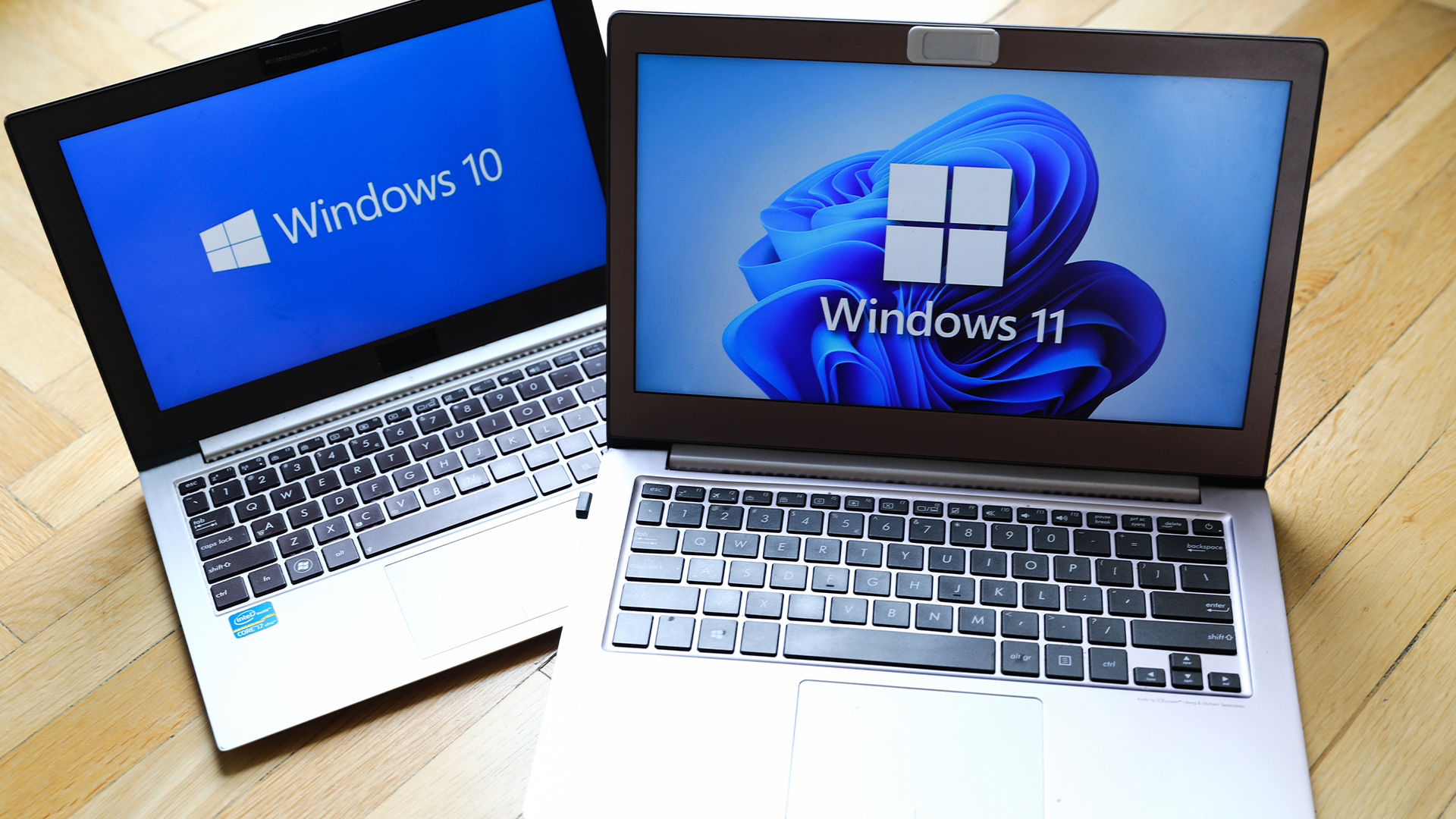 Windows 10 extended support costs could top $7 billion
Windows 10 extended support costs could top $7 billionNews Enterprises sticking with Windows 10 after the October deadline face huge costs
-
 Software licensing is becoming a minefield for IT leaders – and it’s driving them into the arms of the open source community
Software licensing is becoming a minefield for IT leaders – and it’s driving them into the arms of the open source communityNews Oracle Java is causing particular headaches, with many saying they plan to migrate to open source alternatives
-
 More than half of UK enterprises regret at least one software purchase – here’s how to prevent buyer’s remorse
More than half of UK enterprises regret at least one software purchase – here’s how to prevent buyer’s remorseNews More than half of UK enterprises regret at least one software purchase they've made in the last 18 months.
-
 Zellis snaps up AI-powered HR software firm elementsuite
Zellis snaps up AI-powered HR software firm elementsuiteNews Elementsuite will be integrated with Zellis’ own payroll and HR software offering
-
 ‘SaaS dependency’ is becoming a major issue for tech leaders
‘SaaS dependency’ is becoming a major issue for tech leadersNews The survey highlighted issues around maintenance, innovation, and data
-
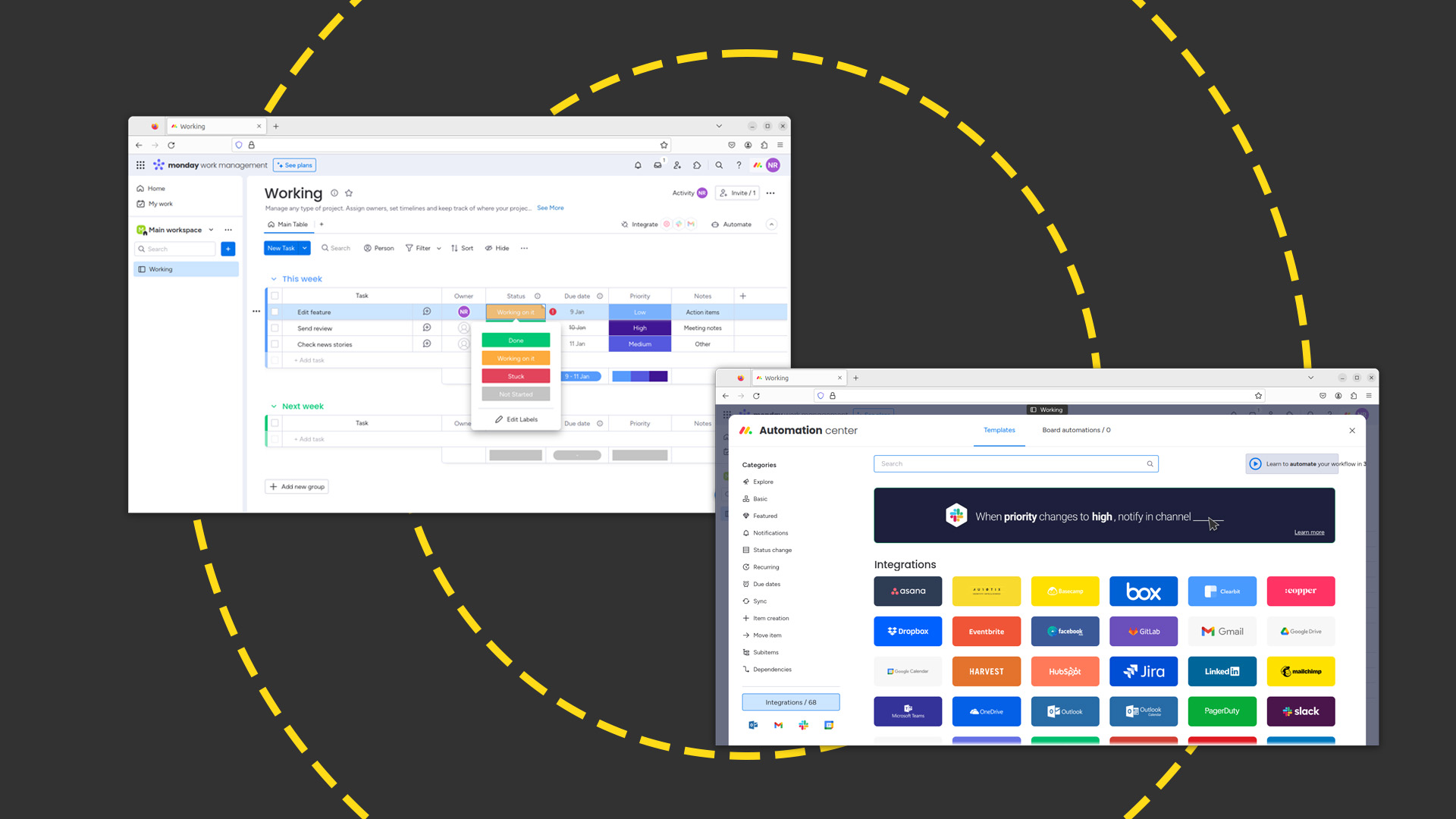 Monday.com review: Work management platform works best when you pay for it
Monday.com review: Work management platform works best when you pay for itReviews The versatile 'Work OS' skilfully balances power, flexibility, and ease of use
-
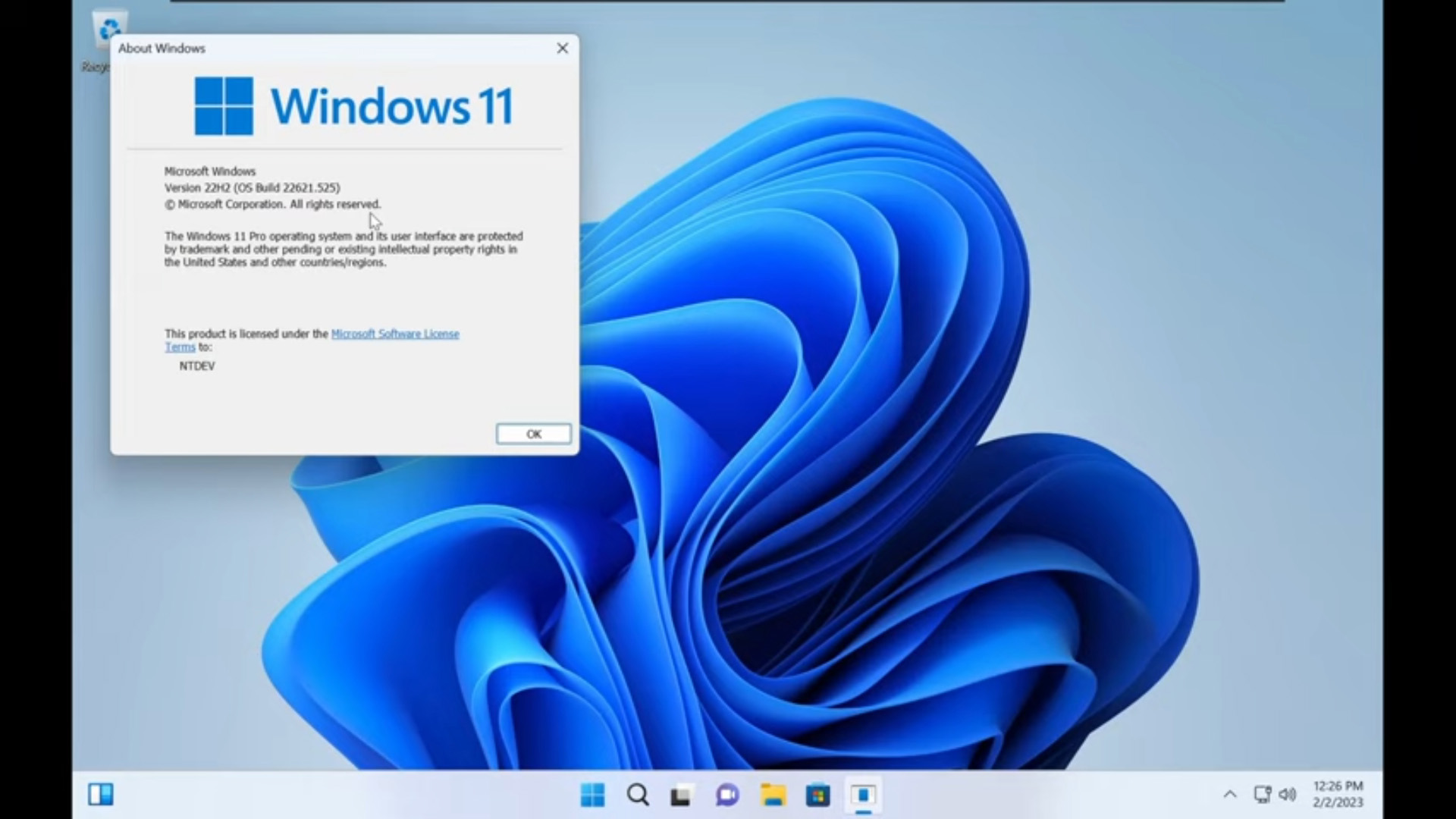 Tiny11 review: Windows 11 with only 2GB of RAM
Tiny11 review: Windows 11 with only 2GB of RAMReview A version of Windows 11 for older machines that don't meet the full requirements
-
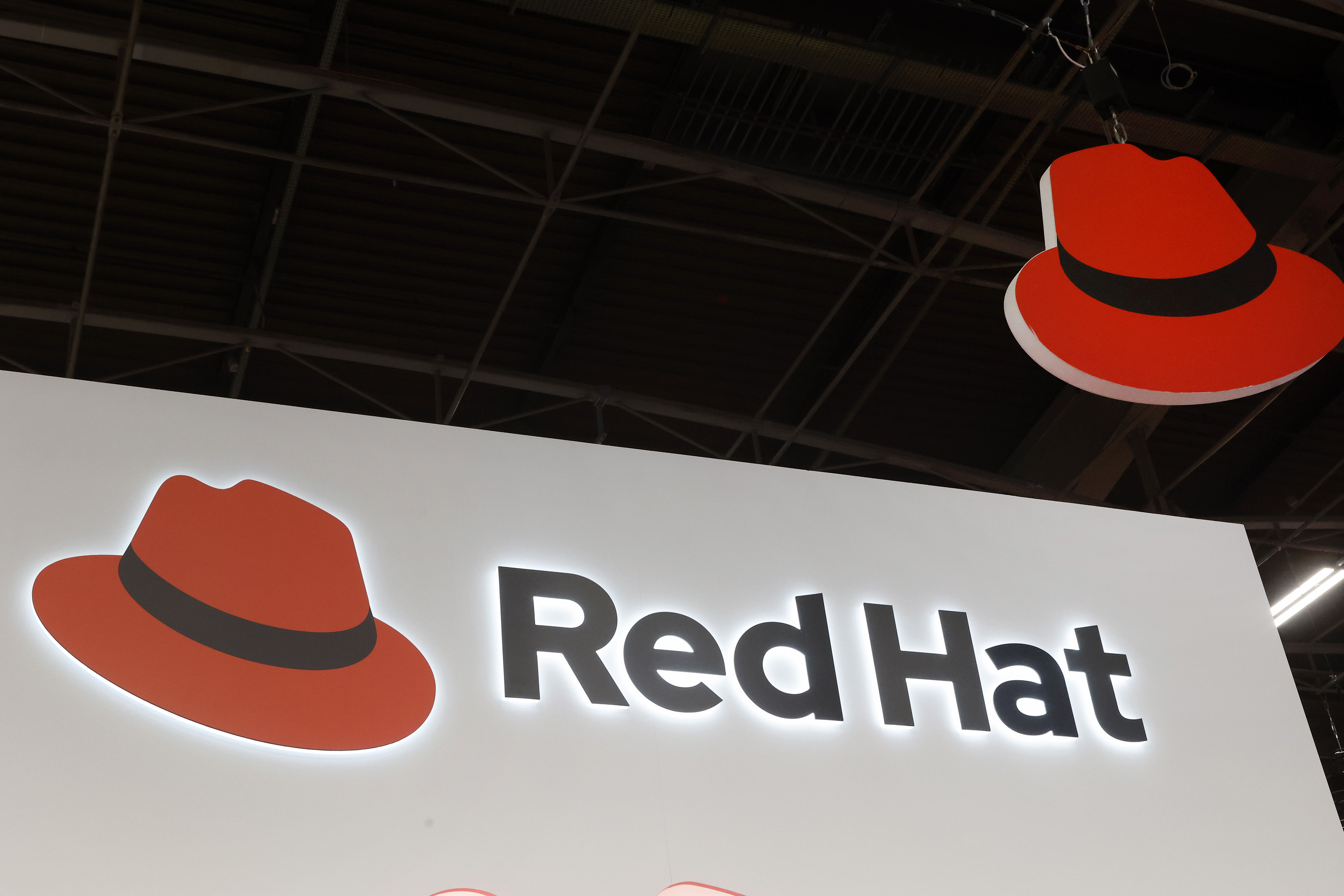 Red Hat Enterprise Linux becomes foundational operating system for Cohesity Data Cloud
Red Hat Enterprise Linux becomes foundational operating system for Cohesity Data CloudNews New strategic partnership between Red Hat and Cohesity aims to drive innovation in the data security and management space